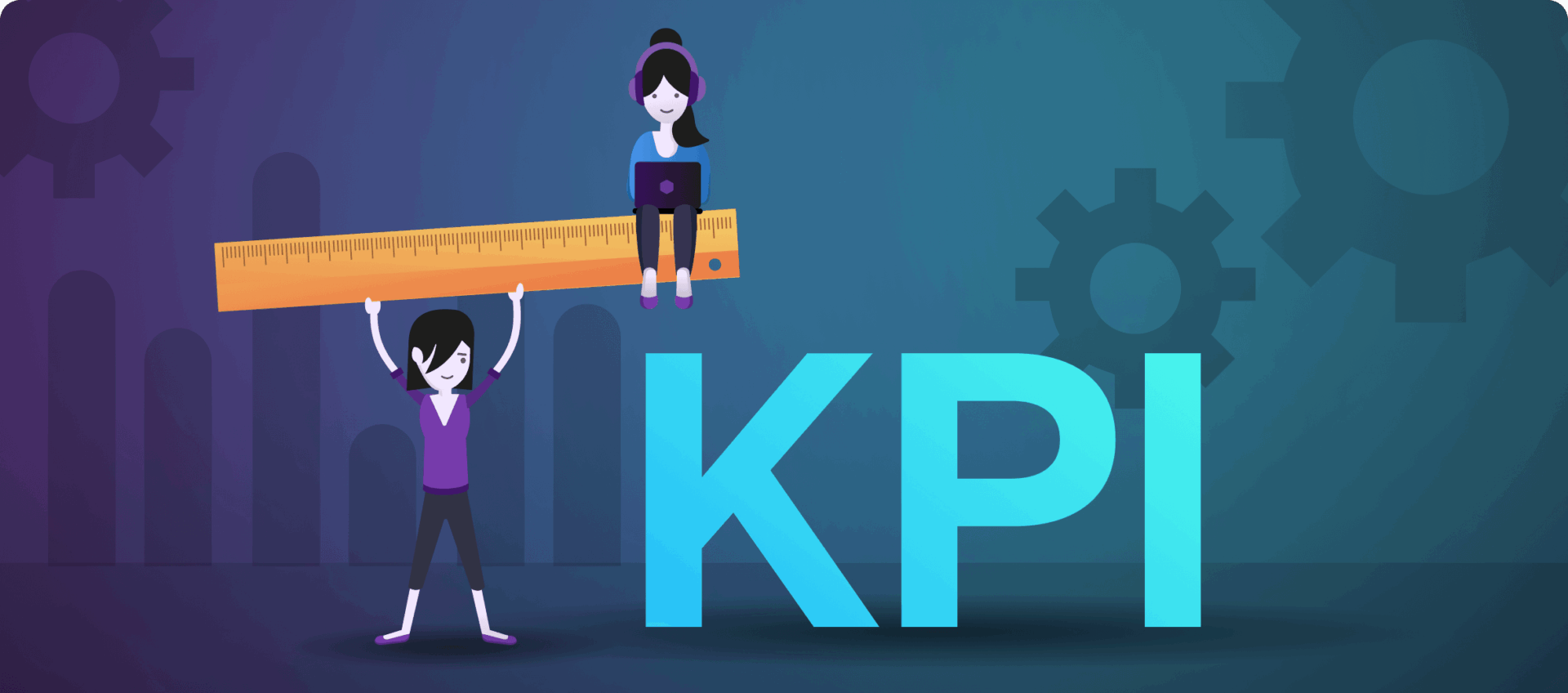
How to use KPIs to measure software development productivity
December 21, 2022
/
5 -min read
There are lots of reasons to measure the productivity of your R&D team, including understanding…

What autocomplete can do for your productivity
April 1, 2020
/
5 -min read
Back in the days when I was a junior dev I used to marvel at…

21 IntelliJ shortcuts to boost your productivity
December 9, 2019
/
6 -min read
Using keyboard shortcuts in Intellij IDEA can save you a lot of time, increase your…
Show more